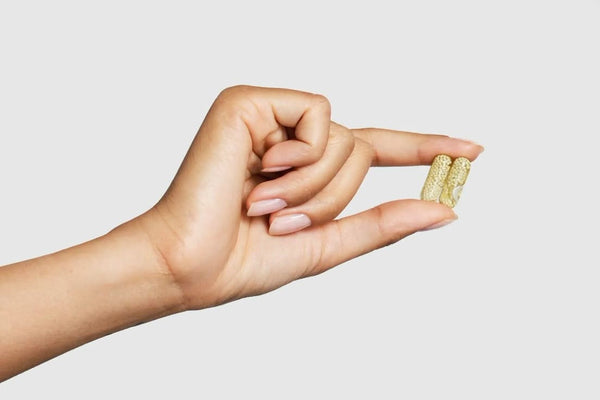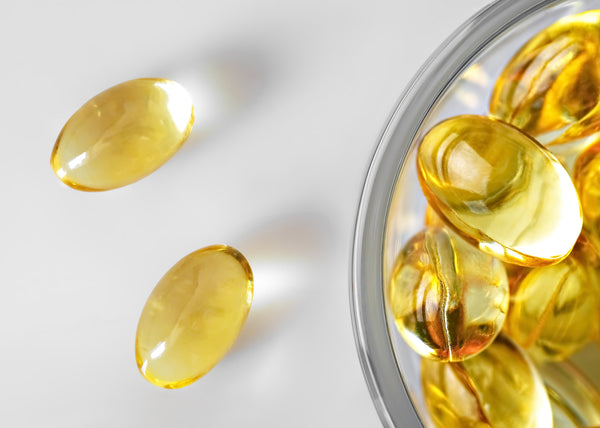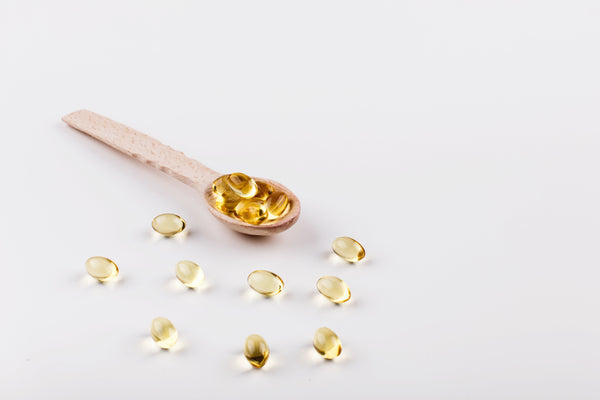Whether you're troubled by allergic common cold or seasonal sinusitis, kalmegh is here to tackle all your health concerns. The kalmegh plant – also rightly known as the King of Bitters or Green Chiretta, is a medicinal herb with a sharp acerbic taste. Its scientific name is Andrographis paniculata.Stemming from ancient Ayurveda and household treatments, consumption of this herb is also backed by modern medicine. Brimming with antioxidants, kalmegh is a wonder herb with a wide range of healing capabilities. It is essentially a hack to keep you healthier. Here’s why:
- It keeps your liver healthy
Liver is one of the most important organs in our body. Our liver is known to produce essential proteins, cholesterol and bile, storing vitamins and minerals as well as breaking down toxins from alcohol or medications. However, if it isn’t taken care of, it could be prone to toxicity and damage. Although it has regenerative abilities, our stressful lives dampen the regeneration process. The hepatoprotective properties of Kalmegh work wonders for our liver as they create a protective and effective layer in an effort to heal the damage caused.
- It keeps seasonal illnesses away
Thanks to the pandemic, a common cold or cough caused by seasonal allergies is sufficient to terrify anyone. Kalmegh’s use doesn't end there. It also helps boost immunity, owing to its antimicrobial and immunomodulatory properties. It keeps the cold away and eases cough and sore throat.

- It is anti-malarial
Malaria is an endemic disease which is widespread in India due to its subtropical climate. No matter how careful we are, mosquitoes – one of the agents causing the spread of malaria – are persistent and affect a large number of people. The properties of Kalmegh are proven to create a healing effect while boosting our weakened immunity, therefore aiding in speedy recovery.
- It helps to get rid of free radicals
Naturally produced as a byproduct of metabolism (oxidation), free radicals are highly reactive and unstable molecules. They can damage our cells and contribute to serious illnesses such as diabetes, heart ailments and even cancer. Rich in antioxidants, Kalmegh helps us get rid of these free radicals, preventing cell damage and oxidative stress.
- It has anti-inflammatory properties
The anti-inflammatory properties of Kalmegh allows our body to fight infections effectively and reduce inflammation. These properties also help with repairing tissue damage and reduce oedema.
- It aids cardio-vascular activity, respiration and digestion
Kalmegh is widely recommended for cardiovascular therapy because of its ability to dissolve blood clots. It also fights off upper-respiratory tract infections, keeping our lungs healthy and assists our digestive system to function properly by reducing body heat and improving appetite.

- It may reduce the risk of cancer
Consumption of Kalmegh may have both direct and indirect effects on cancer cells in our body. It inhibits the multiplication of cancer cells and enhances our immune system.

Final Takeaway:
To compensate for its bitter taste, Kalmegh is a one-stop-solution towards leading a healthier, stress-free life. It is also one of the 13 medicinal herbs that goes into our Grandma’s Kadha – a delicious effervescence and trusted remedy to any illness.
References:
- Pharmacological Significance of Andrographis paniculata, Anil Kumar and Rajeshwari Prabha Lahare, Research Trends in Medicinal Plant Sciences, (https://www.researchgate.net/publication/346801591_Pharmacological_Significance_of_Andrographis_paniculata)
- Jayakumar T, Hsieh CY, Lee JJ, Sheu JR. Experimental and Clinical Pharmacology of Andrographis paniculata and Its Major Bioactive Phytoconstituent Andrographolide. Evid Based Complement Alternat Med. 2013;2013:846740. doi:10.1155/2013/846740 (https://www.ncbi.nlm.nih.gov/pmc/articles/PMC3619690/)
- Mishra K, Dash AP, Swain BK, Dey N. Anti-malarial activities of Andrographis paniculata and Hedyotis corymbosa extracts and their combination with curcumin. Malar J. 2009;8:26. Published 2009 Feb 12. doi:10.1186/1475-2875-8-26 (https://www.ncbi.nlm.nih.gov/pmc/articles/PMC2650700/)
- Mussard E, Cesaro A, Lespessailles E, Legrain B, Berteina-Raboin S, Toumi H. Andrographolide, a Natural Antioxidant: An Update. Antioxidants (Basel). 2019;8(12):571. Published 2019 Nov 20. doi:10.3390/antiox8120571. (https://www.ncbi.nlm.nih.gov/pmc/articles/PMC6943416/)
- Thanasekaran Jayakumar, Cheng-Ying Hsieh, Jie-Jen Lee, Joen-Rong Sheu, "Experimental and Clinical Pharmacology of Andrographis paniculata and Its Major Bioactive Phytoconstituent Andrographolide", Evidence-Based Complementary and Alternative Medicine, vol. 2013, Article ID 846740, 16 pages, 2013. https://doi.org/10.1155/2013/846740 (https://www.hindawi.com/journals/ecam/2013/846740/)
- AndrographisP, Andrographis paniculata (Burm. f.) Wall. ex Nees: A Review of Ethnobotany, Phytochemistry, and Pharmacology, Md Sanower Hossain and Zannat Urbi and A. Sule and K. M. Hafizur Rahman, The Scientific World Journal,2014, (https://www.semanticscholar.org/paper/Andrographis-paniculata-(Burm.-f.)-Wall.-ex-Nees%3A-A-Hossain-Urbi/f23588f45272a3159d64f594cb8f782f3ca32480)



























 DOWNLOAD NOW
DOWNLOAD NOW
